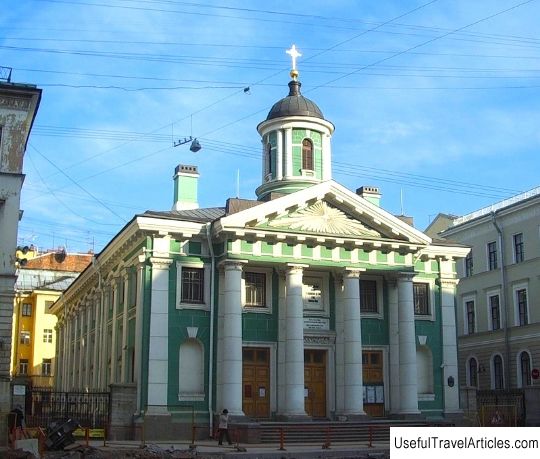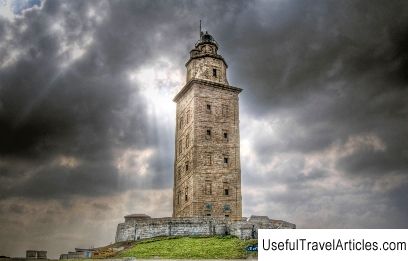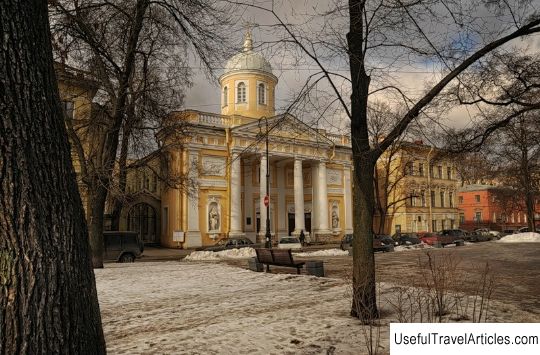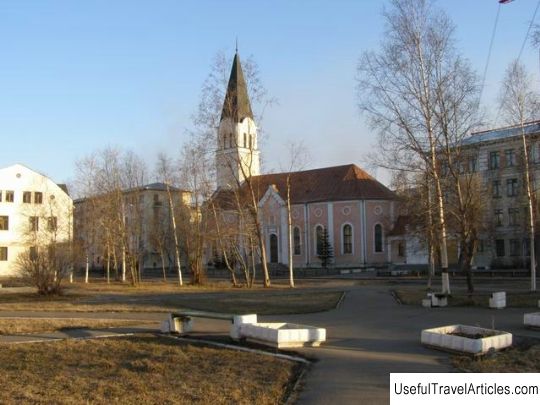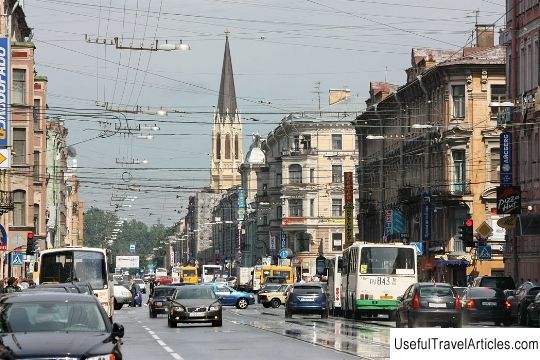Swedish Church of St. Catherine description and photo - Russia - St. Petersburg: St. Petersburg
Rating: 8,2/10 (2905 votes) 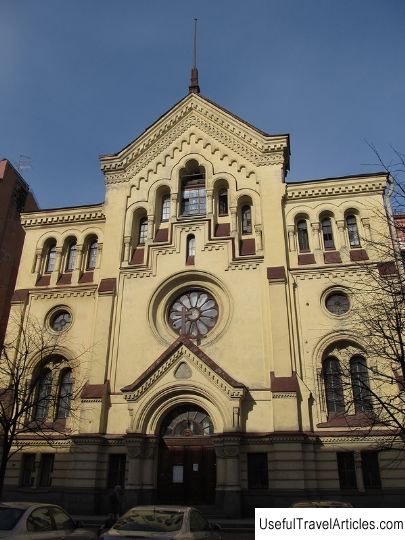
Swedish Church of St. Catherine description and photos - Russia - St. Petersburg: St. Petersburg. Detailed information about the attraction. Description, photos and a map showing the nearest significant objects. Photo and descriptionThe building in a pseudo-Romanesque style - the Church of St. Catherine - is located at 1 Malaya Konyushennaya Street, at the corner of Shvedsky Lane. The Church of St. Catherine houses the Evangelical Lutheran parish of ELKRAS (an old abbreviation of the Evangelical Lutheran Church in Russia and other countries). Services in the church are held in Swedish and Russian. The community was organized in the 17th century, in 1640 in Nyenskans (a Swedish fortress, which was the main fortification of the city of Nien). The Church of St. Catherine originally belonged to the Swedish Church. As a result of the fact that after the Northern War (between Sweden and the union of the northern states for the Baltic lands) Ingermanlandia was given to Russia, part of the inhabitants was resettled to St. Petersburg. Since 1703 in the church, meetings began to be organized, which in a private house were held by pastor Yakov Maydelin. In the area of the present Nevsky Prospect in 1734, the community received a plot of land from Empress Anna Ioannovna as a gift. The first wooden church dedicated to St. Anne was erected on this site. Later, there was a division between the communities (Finnish and Swedish). The Finns settled on the same site (now the Finnish Church of St. Mary is located there), and the Swedes erected a house for prayer in another place, where in 1767 (May 17) the Church of St. Catherine was laid, which was built of stone. After that the church was rebuilt more than once. The consecration of the church took place in 1769, on May 29. It was a stone church with a capacity of 300 parishioners, created by the architect Felten Yuri Matveyevich. In 1863 (December 28) a new church was founded, capable of receiving already 1200 parishioners. The architect of the project was Karl Karlovich Anderson, who was born in Sweden (in Stockholm), but lived and studied in St. Petersburg. The church building is made in a pseudo-Romanesque style and has a rose window. The amount spent on the construction of the church was estimated at one hundred thousand rubles. The main donor (ktitor) for the construction was the Swedish Count Armfelt, five thousand rubles in the form of a donation was also allocated by Emperor Alexander II. The Munich professor Thirsch painted religious canvases for the church. Count Armfelt entrusted the work on the church interiors to the best architects of St. Petersburg. In addition, the organ was later installed in the church. The church, consecrated in 1865 (November 28), has survived to this day. The church contained two orphanages (for girls and boys), a parish school, an almshouse, and a charitable society. The parishioners of the church were families of such famous people as Nobel, Lidval, Carl Faberge. Karl Mannerheim, later Field Marshal and President of Finland, chose this church for his wedding. The parish had the largest number of parishioners at the end of the 19th century and was about seven thousand people. The parish existed until 1934 and was closed during the period of religious persecution. After the church was closed, at various times there were many organizations in its premises, one of the last among which was a sports school for children and youth. A residential building belonging to the parish was also nationalized after the revolution. In the early 1990s, services in the church were resumed. The building of the church was returned to the disposal of the parish in 2005. Despite the fact that the Lutheran parish is Swedish, it is not part of the parish of the Swedish Church, but belongs to the ELKRAS parish. In addition, along with the Lutheran parish, the services of the English Church are also held. Currently, the church has a choir, a club, a church school. In addition, the parish of the church organizes various cultural events. Services are held on Sundays, twice a month - in Swedish, on other Sundays - in Russian.     We also recommend reading Archaeological Museum of Argos description and photos - Greece: Argos Topic: Swedish Church of St. Catherine description and photo - Russia - St. Petersburg: St. Petersburg. |
